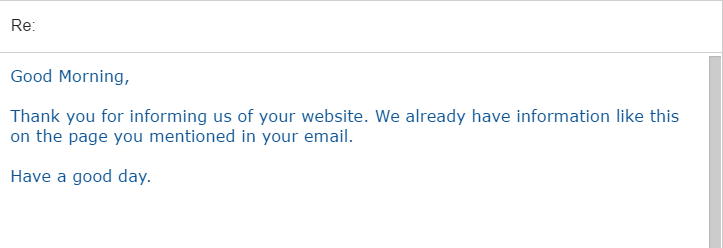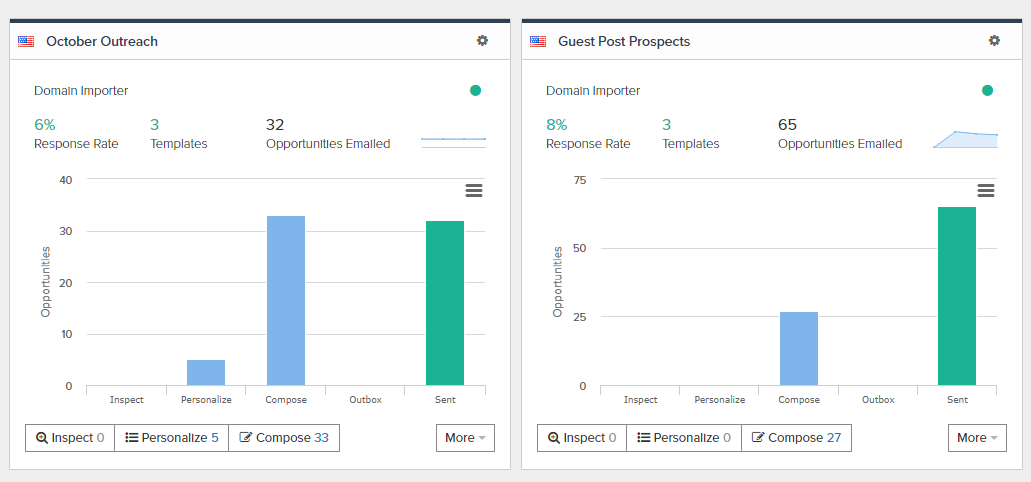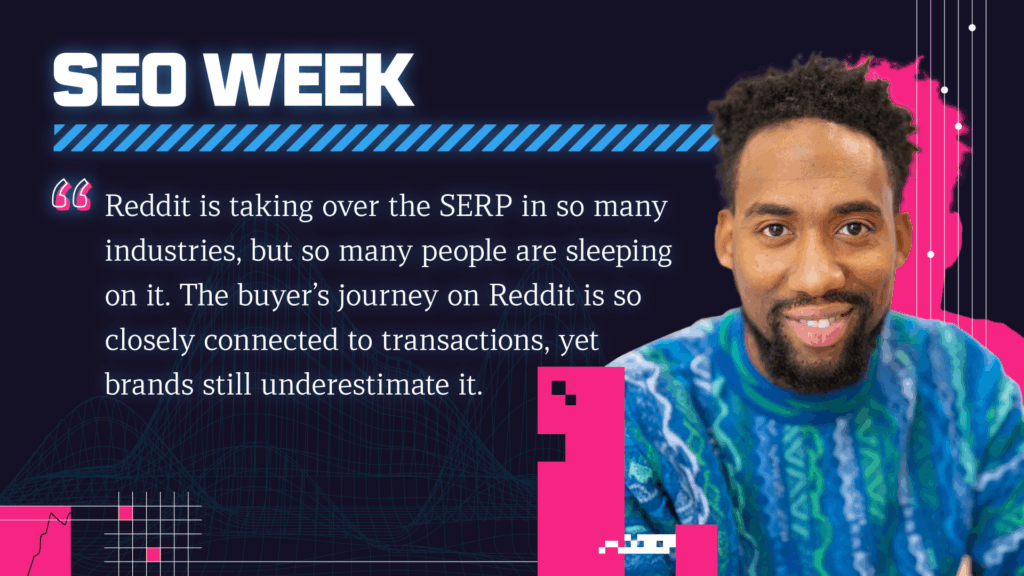Depending on your link building strategy, manual outreach may be a part of your overall process – to reach out and build relationships with individuals, organizations and professionals that will find your client’s content both useful and valuable. A key item to consider when evaluating successful outreach is understanding patterns and gathering insights in order to move forward with your link building tactics. But, there is one aspect of outreach that is sometimes overlooked – the rejection letter. How do you deal with a prospect that says no? And, how do you know the difference between your prospect needing a nudge in the right direction versus them simply not being the right fit for your strategy?
Often the “no’s” in our inbox can get buried among the maybes and the “no longer updating this webpage anymore”. It is easy to give up on a prospect and move on to the next rather than attempting to persuade your prospect that they are in fact, well, wrong. That your content not only serves them but is worthy to serve as a component on their site. Here are top rejections occurring in outreach and how you can deal with them.
The “too many requests” so not taking “any requests”
This response occurs because a website owner has received countless requests and this is the direct reason to why they are no longer accepting links (or resources). Website owners, especially those that work within the library services and local government arenas, do not have the resources nor the time to scramble through the many emails that notify them of our resources. More than likely, you may be using searches that once worked perfectly for you and are sticking with tactics that seemed like the link building holy grail at one point in time. Here’s the deal – if you are building links it is likely other SEOs are taking notice. They say imitation is the sincerest form of flattery, so know if it worked once it is likely that another link builder took it and ran with it. This means that after you got that golden link, others went after the same exact link and exhausted that effort.

The “too many requests” so not taking “any requests” email example
What To Do About It:
There are multiple ways you can deal with a response like this one. First, recognize that too many link builders have gone down this road and you ought to take the road less traveled by. Use this as an indication that your prospecting efforts are not narrow enough or have been exhausted too much. Remember the web is a big place and there are plenty of fish in the sea!
- Utilize not-so-popular search engines, like Million Short or Dogpile that use different methods to craft their search results.
- Start from page 10 in Google when pursuing manual prospecting.
- Narrow your keywords and refine the advanced search operators you use while manually prospecting. Be a search operator ninja!
- Start keeping tabs on sites who are giving you similar feedback through Excel or Google Docs. You’ll find patterns and finalize insights on which type of searches other outreach marketers are using.
- It may be valuable for you to ask prospects what kind of content would be valuable to them – to brainstorm prospecting searches and content creation ideas.

The “too many request” so not taking “any request” email response
The key is to recognize that you will either need to use this information to adjust the way your are finding your prospect lists or you need to provide something of value to the site that is not already out there.
The “not adding your link”

The “not adding your link” email example
Open rate is half the battle when is comes to link building – if a prospect takes the time to let you know they will simply not add your link, this is a perfect opportunity to open up a conversation to find out why their response was a negative one.
What To Do About It:
Outreach marketers are on the front line, communicating with subject leaders, users and professionals in your client’s industry. Take a step back and practice empathy-driven outreach and work to understand the reasoning behind this decision. More often than not, individuals will be happy to explain why they are not interested in helping you build a link to your site.
- Write an email to this prospect and state your website’s overall goal – whether it may be to promote a particular cause, promote an engaging piece of content, teach users something new or the launch of a new product. Then ask why they do not feel your content would be valuable to them and their website visitors.
- Use this feedback to work with your content team on new content ideation, especially if this is feedback you are getting often. Further down the line follow up with these individuals directing them to new content your team has implemented.

The “not adding your link” email response
The “we don’t post for-profit sites”
If you are actively link building it is more than likely that you are working with a for-profit company. Many companies that we know and love are for-profit, these companies often build/create products or provide services that are valuable to us. Prospects may not be interested in helping you with your bottom line, but the key is to communicate that your site’s content is created with them in mind and could serve as valuable to the information they already provide.

The “we don’t post for-profit sites” email example
What To Do About It:
Be open about the fact that you are a for-profit company. Since there are endless amounts of content on the web, for-profits often have the resources to push through the noise. If this is a common rejection for you, try the following:
- Implement more information about your company within your About Us, including your goals and objectives.
- State what makes your site different and what makes it useful
- Link to your About Us page so the prospect can evaluate for themselves. Being transparent in who you are as a company allows prospects to see you as trustworthy source.
- State reasons to why you are an authoritative figure in your industry. Does your site qualify for certain certification or awards? Do you have content that was produced by subject matter experts?

The “we don’t post for-profit sites” email response
The “I already have this information on my site”

The “I already have this information on my site” email example
You probably found this site by following a competitor’s backlink profile or by searching for websites using very broad keywords. Many of these types of prospects do, indeed, already have your website’s information linked to on their site. Regardless, this is a tremendous opportunity to explain what makes you different, more authoritative and more unique.
What To Do About It:
Show your value! What really does make your site different? What is something you do that no one else does?
- At this point, your most strategic tactic would be to link to a specific piece of content that is not offered already on your prospect’s website. Double points if none of your competitor’s have content for this as well.
- In addition, you can pitch the reasons that make your company different as a whole, perhaps you offer free online support or you give away a scholarship once a year. Know your audience and figure out how you can better connect with them.

The “I already have this information on my site” email response
Evaluating rejection is crucial
It is beneficial to recognize the things you are doing, but it is just as valuable to see where you can improve. Utilize the information from your most common outreach rejections to refine your prospecting, tweak your templates and implement ideas in your client’s content strategy. This will allow you to find success in the places you may fall short. Evaluate your losses on a monthly basis – PitchBox allows you to be able to see your progress as well as evaluate your wins/losses, open rates and more. This tool effortlessly lets you manage your link building campaigns and keeps you organized. Once a month, take a look at your progress and look for patterns.

Learn and keep moving!
A week (or two) of rejection can get you down. The best way to move forward and grow as an outreach marketer is to be aware of your link building efforts through data evaluation. If something isn’t working, it is important to find out why. When you have gone through a rough patch, it is important to take a step back and craft a plan of attack. Do this by gathering your data on a monthly basis, creating an outreach schedule as well as new tangible goals based on your insights.







